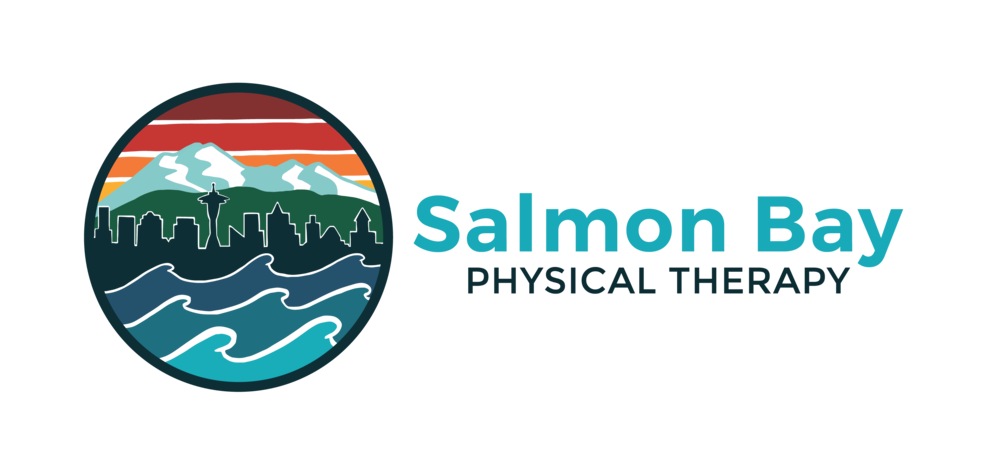I’ve been reflecting on the importance of self check-ins. Basically a slightly extended version of asking yourself, “How am I doing?”. If we get into the habit of regular self evaluation we can notice positive changes and we can hopefully catch many of the small problems before they become the big problems. I’ve written before about the importance of contemplation - how it is crucial for us all to find ways to not just be productive but to also make sure we spend time with ourselves and slow down. This builds helps you build a relationship with you. Consider this daily practice of self check-in to be one of the tools of wellness.
I’ve been compiling thoughts on what questions pack the biggest bang for the buck. If I was to ask myself five to six questions every day, which questions would help me really see how I’m doing? Which questions would help me see my progress and successes? Which questions would help me see changes that I need to address and attend to before those changes start building up into big problems? Many of these questions are research driven, highlighting important self-care behaviors that facilitate health - physical, emotional, and relationship health.
So here is the invitation - try my six questions each day for at least a week. Find 5 minutes at a regularly scheduled time - anytime that works for you, but keep it consistent. Write them down in a journal or somewhere on your phone or computer. Keep track of the scores to notice any changes - no change, healthy change, unhealthy change, big change, small change. Address changes as needed. Repeat, and repeat. If you have any feedback on the questions please send it my way! I’m all ears.
Answer each question with a number between 0 and 10. There are a few bonus questions that you can ponder and write down thoughts if the questions feel relevant and helpful.
1) How safe am I feeling? (0-10)
0 = constant sense of stress, threat, and/or danger
10 = secure, confident, protected
*Bonus - If you can identify the threat(s) - name it here:
2) What is my energy level? (0-10)
0 = complete fatigue and/or burned out
10 = rested and/or energetic
3) How is my mental focus? (0-10)
0 = distracted all the time, difficulties concentrating
10 = able to manage thoughts and attention in meaningful ways
*Bonus - If score is low - what has been on my mind:
4) How clear is my sense of purpose? (0-10)
0 = I feel aimless and without much purpose
10 = I’m confident about what I'm doing. I have a clear sense of purpose
*Bonus: - What key personal values do I want to be focused on?
5) How are my relationships and sense of connection to others? Have I had positive interactions with others? (0-10)
0 = I am feeling disconnected or isolated. I am not getting enough positive support from others.
10 = I feel understood by others and good social support
6) Have I made time for play, fun, and/or creativity? (0-10)
0 = No - it all feels like work and busy-time, or I haven’t been doing anything fun
10 = Yes - I have a good feeling of balance between my productive time and my play time. I am able to be creative in ways that are important to me.





